Get rid of those gardening gloves! Scientists have found a way to create THORNLESS roses
The ghost orchid was last seen in 2009 in a forest in Herefordshire
1. Ghost Orchid
Status: Critically Endangered
Best time to see: Unknown
Habitat: Beech wood
Where? Herefordshire
This orchid was thought to be extinct until it was spotted in Herefordshire in 2009. It usually grows underground in thick leaf litter, rarely emerging above the surface to attract pollinators with its white flowers.
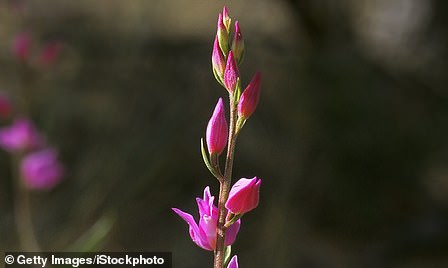
The red hellebore grows in the south of England and is best seen in May, June and July
2. Red hellebore
Status: Critically Endangered
Best time to visit: May, June and July
Habitat: Dark forest
Where? Southern England
This orchid grows a stem of up to 60cm tall which can bear up to 17 flowers which are a deep pink hue. Plantlife UK said the orchid has become rare due to a decline in the population of pollinators and the right habitat for them.
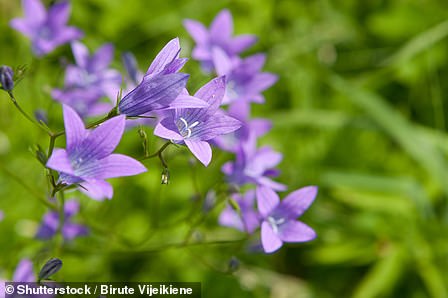
Spreading bellflowers are only found in 37 locations in the UK
3. Spreading bellflower
Status: Endangered
Best time to visit: July to November
Habitat: Forest
Where: Welsh Borders and West Midlands
The Spreading Bellflower is found only in 37 10 km square areas in the UK, but in very small numbers. It is threatened by changes in forest management, such as the end of coppicing and other disturbance, and increased use of herbicides along roads and railways.
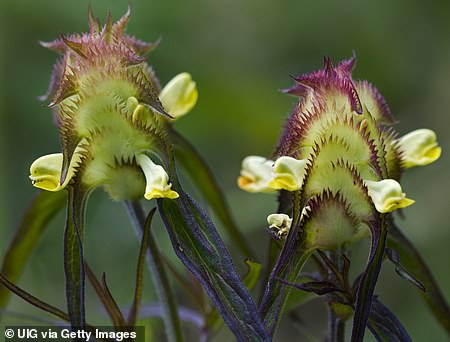
The Crested Cow wheat grows in East Anglia and other parts of the UK
4. Crested cow wheat
Status: Endangered
Best time to visit: July and August
Habitat: Rocky hillside meadows and roadsides
Where: East Anglia and other areas
The plant grows to 15 to 40 cm tall and produces pink flowers with yellow lips. It grows in meadows and competes with dozens of other plants to attract insects.
5. Cotswold Pennycress
Status: Vulnerable and Near Threatened
Best time to visit: April and May
Habitat: Agricultural land
Where? Cotswolds
The plant is mainly found in the Cotswolds and often grows in hedgerows, along walls and along banks.
Ploughing, levelling of rough land, increased use of fertilisers and herbicides and neglect of marginal land have all led to the gradual demise of the plants, often being choked out by thicker smothering plants.
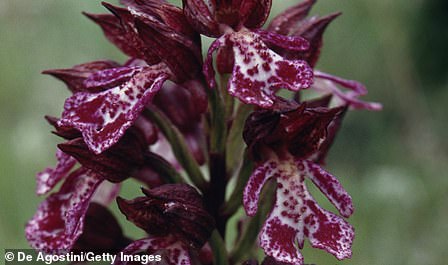
The Lady Orchid, which has beautiful pink flowers, grows in Kent and Oxfordshire
6. Lady Orchid
Status: Critical
Best time to visit: April, May, June
Habitat: Edges of forest and grassland
Where: Kent and Oxfordshire
This purple orchid produces large stems with 200 flowers that grow up to 80 cm high. It grows on the edges of forests and sometimes in open grassland.
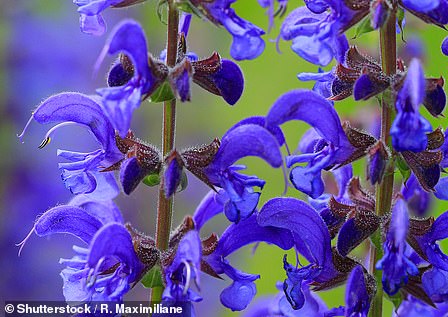
This pasture plant has declined because less and less land has been used for grazing, meaning it has been choked out by other plants.
7. Meadow sage
Status: Vulnerable/Near Threatened
Best time to visit: spring and summer
Habitat: Grassland
Where: Oxfordshire, Chilterns and North and South Downs
This plant declined before 1950, when less land was used for grazing and it was choked out by other coarser plants. It is now found in only 21 areas in the south of England, where it was probably reintroduced by means of ‘wild flower seed’ mixtures.
The sun-loving plant grows in open grasslands, along south-facing hedgerows and on the southern edges of forests.
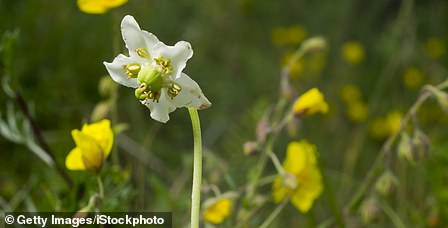
The single-flowered wintergreen grows in moist, shady pine forests
8. Single-flowered Wintergreen
Status: Vulnerable/Near Threatened
Best time to visit: May, June and July
Habitat: Pine forests
Where? North East Scotland
This single-flowered plant grows in damp, shady areas of pine forests. It stands out against the dark soil and rotting pine leaves. The white flower faces downward from the end of a tall stem, resembling an umbrella
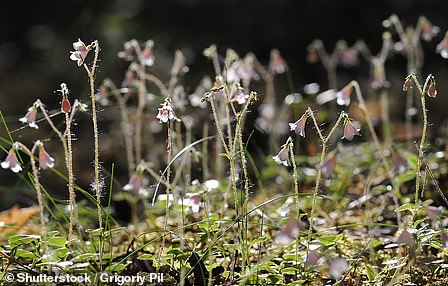
The Twinflower is a relic from the Ice Age
9. Twin Flower
Status unknown
Best time to visit: spring and summer
Habitat: Forest
Where? Scotland
An arctic-alpine plant that is a relic of the Ice Age. It has two pink bell-shaped flowers on a slender stem and a thicker stem below that creeps along the ground forming small mats. The Twinflower is considered one of our smallest and most delicate native flowers.
Due to changes in forest management, the species now grows in only 50 different locations.
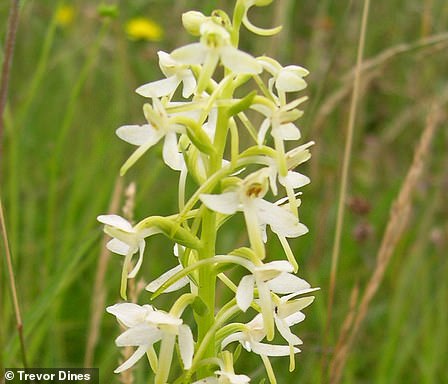
The white-flowered orchid has disappeared from 75 percent of the countryside
10. Small Butterfly Orchid
Status: Vulnerable/Near Threatened
Best time to visit: June and July
Habitat: Forest, grassland, heathland and marshland
Where: England, Cardiganshire in Wales and parts of Scotland and Northern Ireland
This white orchid has disappeared from 75 per cent of the English countryside since records began. The plant, which has a 30cm-high stem, is now scattered across open areas and areas with acidic soil. The best chance of seeing it is at the Cae Blaen Dyffryn Nature Reserve in Wales, where in good years there are more than 3,000 specimens.
The decline of orchids may be linked to a symbiotic fungus that orchids depend on to grow, according to Plantlife UK, which is highly sensitive to fertilisers and fungicides. Their use on open grassland may have played a role in the plants’ march to extinction.
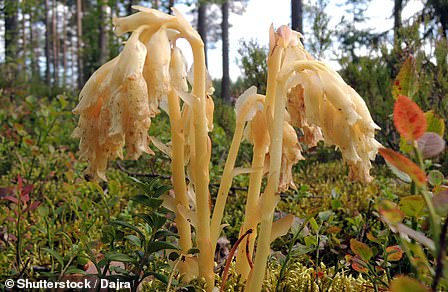
The plant prefers beech and hazel forests
11. Yellow bird’s nest
Status unknown
Best time to visit: All year round
Habitat: Beech and hazel forest
Where? Throughout the United Kingdom
The entire plant is yellow-brown in color and usually grows in leaf litter in shady forests. However, after 1930 the plant began to decline, possibly due to changes in forest management, overgrazing, and habitat fragmentation.
Source: Plantlife UK
